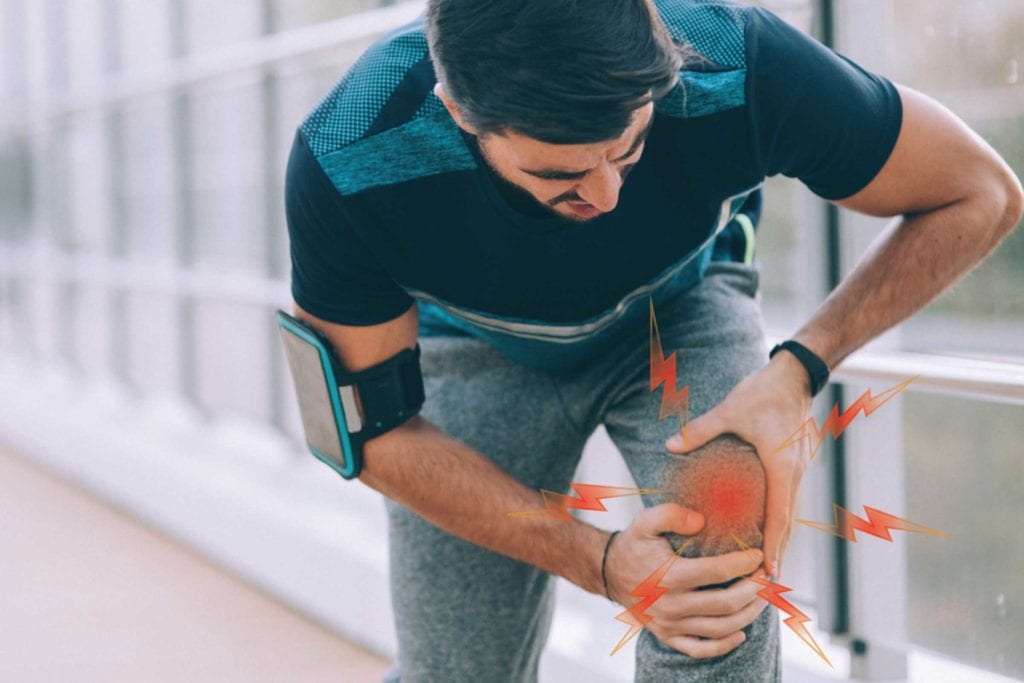

Some 30 million Americans live with osteoarthritis, the most common form of arthritis that tends to afflict knees and hips. It’s well known that those who are older and obese, have prior joint injury, and a family history of knee or hip osteoarthritis have a higher osteoarthritis risk.
But “few attempts have been made to investigate the presence of osteoarthritis risk factors in early life,” according to Jonas Bloch Thorlund, MSc, PhD, of the University of Southern Denmark’s musculoskeletal function and physiotherapy unit, and colleagues in the journal BMC Musculoskeletal Disorders.
The researchers investigated whether known OA risk factors were more common in younger people with knee or hip pain than they were among patients who had no knee or hip pain, Dr. Thorlund told CreakyJoints.
“This was in fact the case,” he says. “This means that factors that are associated with knee [or] hip osteoarthritis are already present in people with knee pain early in life and should be addressed if possible.”
The new research, Dr. Thorlund added, can help identify people at risk for osteoarthritis much sooner than previously possible.
The researchers studied 2,661 survey respondents between age 29 and 59, 416 of whom had persistent knee or hip pain. For people of all ages and sexes, a previous knee or hip injury was associated with persistent knee or hip pain. Family history of osteoarthritis was also linked to persistent knee or hip pain in every group except men ages 29 to 39. Women between age 40 and 59 and men in their 50s had an association of persistent knee or hip pain and higher body mass index (BMI).
Experiencing knee or hip pain in the prior month was common among ages 29 to 59, the researchers found, and those who reported pain tended to have prior joint injury and surgery.
Those who reported pain tended to have prior joint injury and surgery.
Dr. Thorlund offered two tips for those who learn that they may be at high risk for osteoarthritis. “If they are overweight, weight loss is very important to protect against later osteoarthritis,” he says. Exercise and training for knee or hip pain is also important.
“It is a common misunderstanding among patients and some clinicians that they should rest because of their pain or that exercise is dangerous for the cartilage. This is not true,” Dr. Thorlund says. “There is research evidence showing that exercise is safe and not dangerous for the cartilage.”





